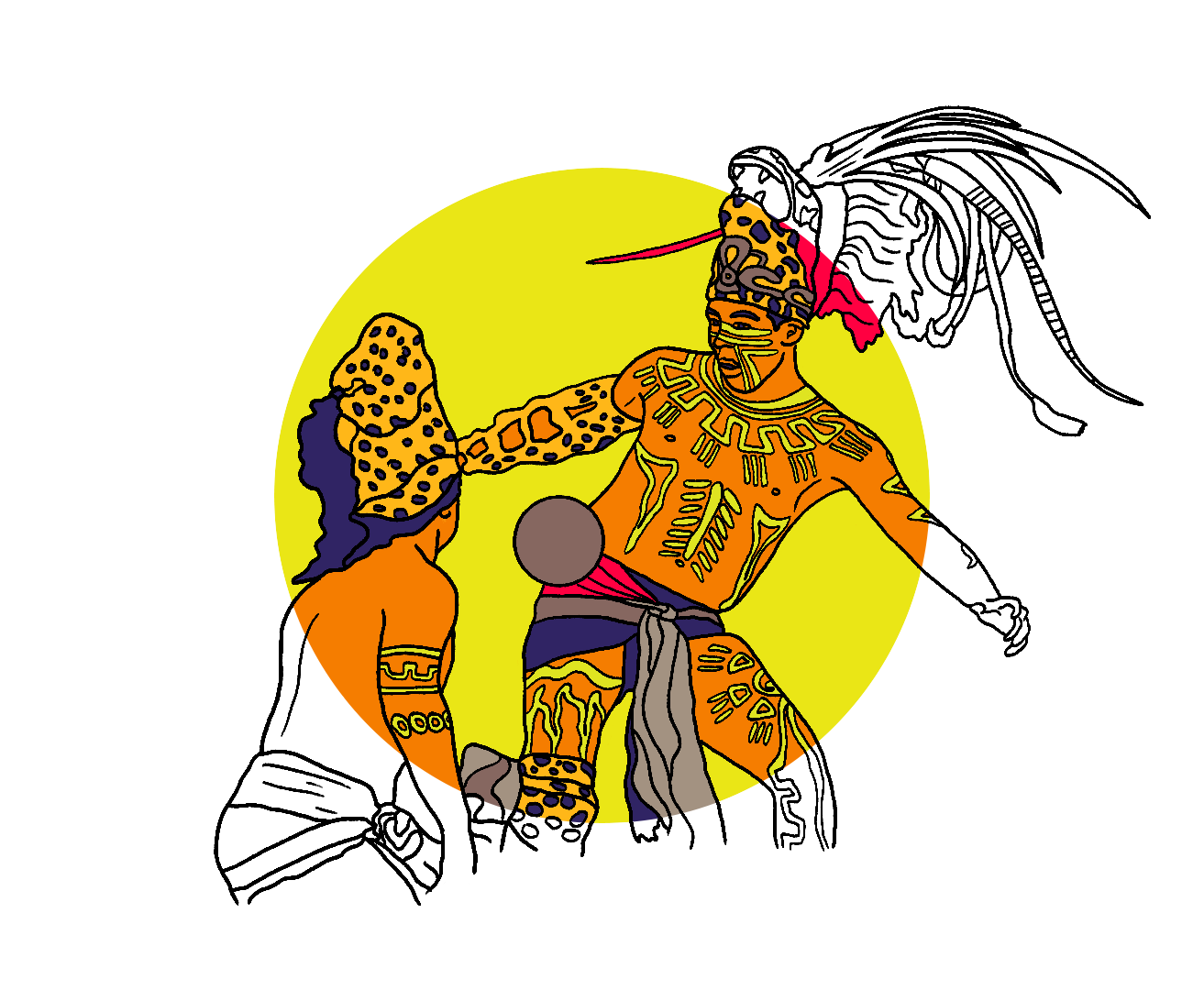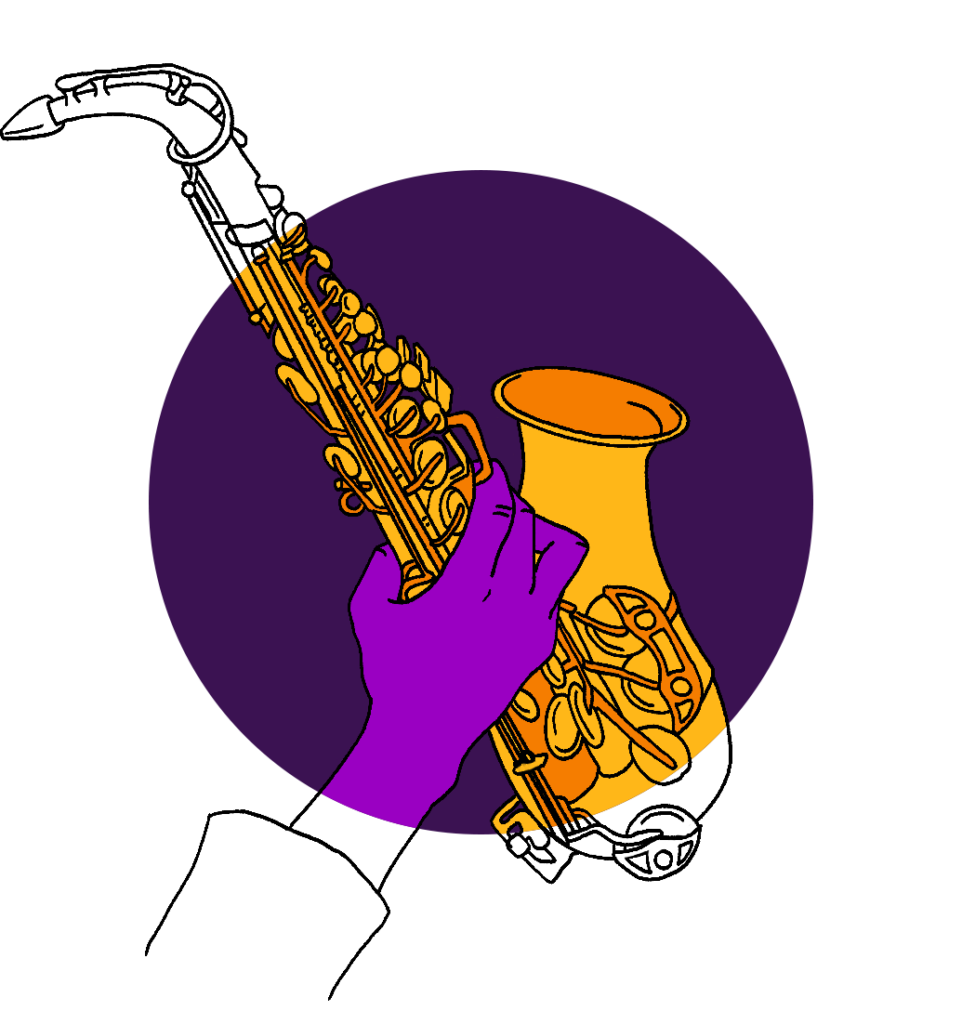An initiative born in the Riviera Maya almost 40 years ago has become an example of environmental sustainability, ecological and heritage tourism, and good business practices.
Our story begins almost 40 years ago, during a trip made by the architect Miguel Quintana Pali to the Riviera Maya in 1985. He fell in love with the landscape and made the decision to buy five hectares with the intention of building a house of his own. At that time, he had no idea that the land hid a treasure: as he began to prepare the ground to build, he discovered a universe of cenotes, Mayan vestiges and underground rivers. He decided to create a park to provide access to the natural beauty of the region to many more people. The Xcaret Group was born out of those first five hectares, along with the feeling that it was not fair for this archaeological and natural wealth to be enjoyed by only a few. Today, the group runs eight theme parks (the first of which, Xcaret, opened its doors in 1990), three hotels, a holiday club, two tours and a travel agency.
The history of the Xcaret Group is a success story; it is a story of overcoming the H1N1 epidemic in 2009 and Covid- 19 in 2020 and 2021, and of undertaking the reconstruction of the area after Hurricane Wilma in 2005. This disaster not only forced the closure of the entire facility, but also left buildings and natural areas in a state of total devastation. The 2009 influenza epidemic slowed tourism down, and the Covid- 19 pandemic forced the total closure of national borders and a complete standstill in the industry. Each of these crises has strengthened us. We have learned to lead initiatives in the region, we have learned to take risks, and we have learned to work together for the greater good of the community. For example, when we were hit by the H1N1 epidemic and tourism faded away, instead of closing the operation or continuing at 50%, we decided to take the risk of opening a new park to send a message to the world that our region was still alive and ready to welcome visitors. The region’s tourist industry responded immediately, and our competitors were encouraged to step up. Recovery was difficult and gradual, but it was achieved.
We have discovered that the prestige of our brand, achieved over a long period of time and through sustained efforts, is not only a guarantee of quality for tourism in the region but also a great responsibility – because the entire region waits for us to take the first step in the recovery process, and observes where we are headed before they follow us. But perhaps the factor that has contributed the most to this recognition is the way we ground our work in a sustainable operating model, based on three pillars: the wellbeing of people, business prosperity, and caring for the environment.
We seek to make every visitor fall in love with the flora and fauna of the Riviera Maya while acquiring a much greater awareness of the collective imperative to preserve our environment and cultural heritage
We have striven to preserve Mexico’s tangible and intangible heritage, driven by the great love we feel for our country. To achieve this, we have convened the regional artisans who established the cooperatives that, under a fair trade model, sell their craft products directly to visitors. We have also developed a set of best practices for research and documentation of Mexican cultural traditions, leading us to present performances to local and international tourists of some of the traditions that have been recognised as part of the intangible heritage of humanity: the Voladores of Papantla, the Mariachi of Jalisco, the Dance of the Elders, and traditions of pre-Hispanic origin such as the Mesoamerican Ballgame and the Mayan Fireball Game (a ritual with 3,000 years of documented history).
Our concern for heritage preservation does not stop at those traditions that distinguish Mexico for the variety of its cultural expressions; in the Xcaret Park, we have integrated the archaeological presence of the Mayan vestiges, operated by the appropriate authorities. Today, as part of the tours we offer to the archaeological sites, tourists travelling to the Riviera Maya can visit Chichén Itzá, the ‘Magic Village’ of Valladolid, Tulum and Cobá. Our aim is to awaken a lasting fascination with Mexican history, culture and landscape in our visitors.
We have also made great efforts to ensure that the natural wealth of the Riviera Maya does not suffer the impact that tourism sometimes has on the environment. Our founder, being an architect, has advocated for eco-integrative architecture that stands out for its innovation and design, enabling the Hotel Xcaret México to become the first in America to obtain the EarthCheck Gold certification in the category of planning and design. But we always want to go much further: our Xcaret park has repopulated one of the most emblematic species on the American continent – the macaw – and established a turtle preservation sanctuary. We seek to make every visitor fall in love with the flora and fauna of the Riviera Maya while acquiring a much greater awareness of the collective imperative to preserve our environment and cultural heritage.
Our mission is to ‘make the planet happier and spread our great love for Mexico’. When our CEO, founder, and creator of all the parks and products is asked where his new ideas, creativity and innovation come from, his answer is simple and resounding: ‘From Mexico! Because we are a megadiverse country, with huge natural wealth, with incredible tangible and intangible cultural heritage, with an ethnic and cultural mix that is a rich source of customs, traditions, gastronomy, languages and more. All we do is show Mexico to the world. And we’re never going to stop!’








